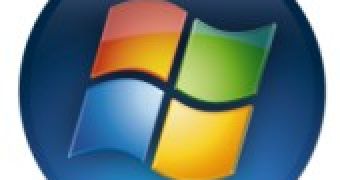Users of Windows Vista Service Pack 2 and Windows Server 2008 SP2 that are confronted with intermittent crashes of their machines might find a fix via a hotfix released by Microsoft and designed to resolve an issue associated with the Tcpip.sys driver. The problem, the Redmond company explained, is in the way that the Tcpip.sys driver uses the networking kernel mode stack in Vista and Windows Server 2008, and affects not only the SP2 releases of the two platforms, but also SP1. The software giant did not mention any additional Windows operating systems that might be impacted by the issue.
“A computer that is running Windows Vista or Windows Server 2008 may crash intermittently. Additionally, you may receive the following Stop error message: *** STOP: 0x0000007F (parameter1, parameter2, parameter3, parameter4) UNEXPECTED_KERNEL_MODE_TRAP,” Microsoft said. “This problem typically occurs when multiple third-party network drivers are installed on the computer. For example, this problem may occur when the following drivers are installed: Virtual private network (VPN) client drivers; antivirus drivers; third-party miniport filter drivers.”
An update is not currently available from Microsoft, but customers affected by this problem can access, download and deploy a hotfix. According to the Redmond company, the hotfix is designed to make the Tcpip.sys driver and the networking kernel mode stack play nice together, by optimizing the interaction between the two. Even with the hotfix applied, there are still chances that crashes might still occur; however, the company noted that they would be less likely to plague Vista and Windows Server 2008 users. Specifically, the hotfix ensures that the amount of space in the networking kernel mode stack is increased.
“A supported hotfix is available from Microsoft. However, this hotfix is intended to correct only the problem that is described [here]. Apply this hotfix only to systems that are experiencing the problem described [here]. This hotfix might receive additional testing. Therefore, if you are not severely affected by this problem, we recommend that you wait for the next software update that contains this hotfix,” Microsoft added.

 14 DAY TRIAL //
14 DAY TRIAL //